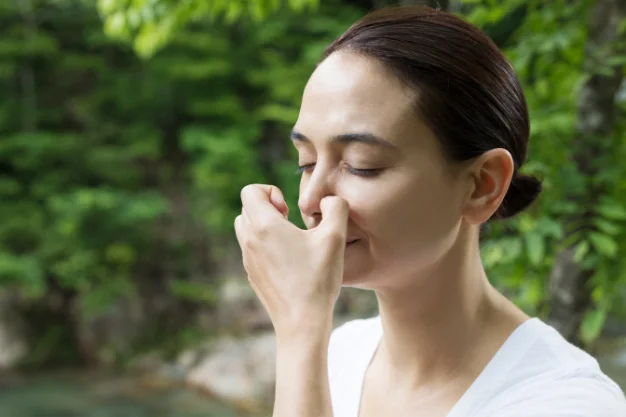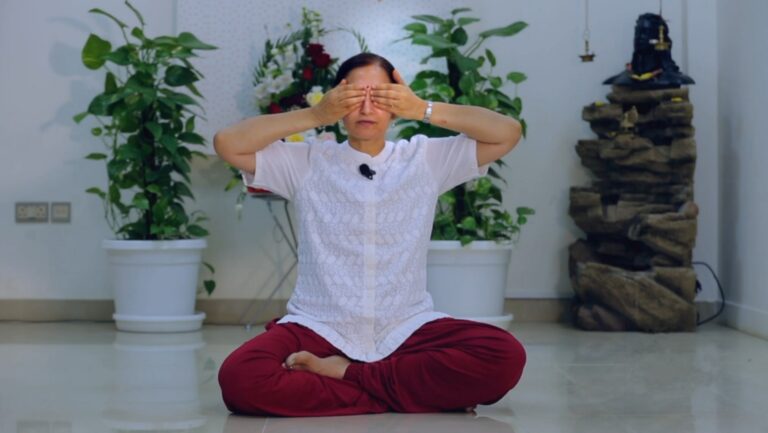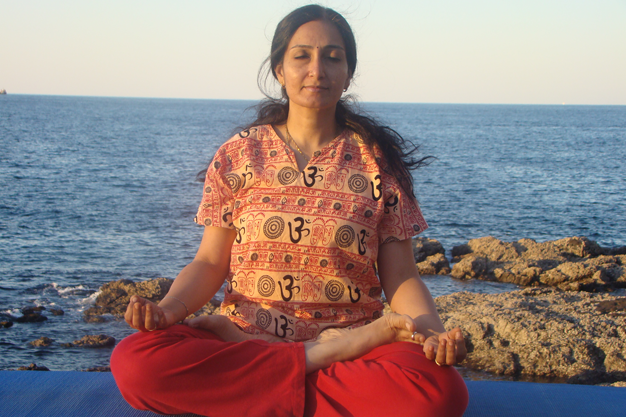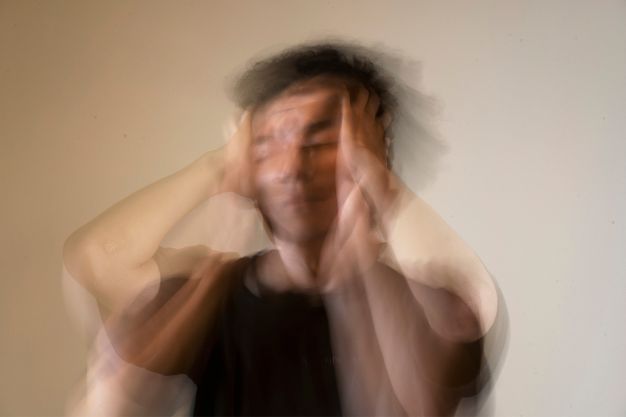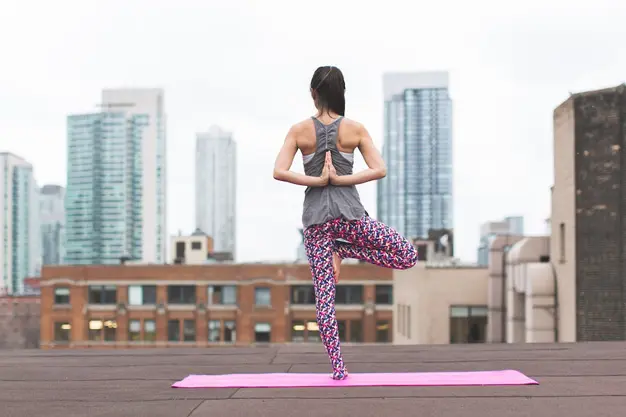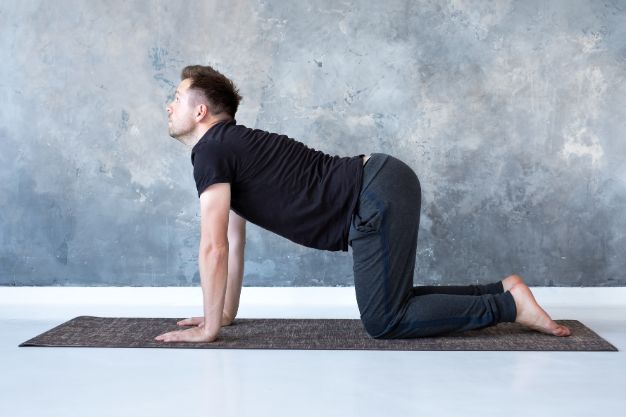BREATHE BETTER – LIVE BETTER: THE PRANAYAMA YOGA GUIDE
Ever wondered how a simple shift in your breath can unlock the gateway to a healthier and happier life? The answer lies in the ancient wisdom of Pranayama—a mindful breath practice from India. Make it a part of your Yoga routine for improved physical, mental, and spiritual well-being.
Moving beyond mere deep breathing, Pranayama offers a structured approach to channeling vital energy (prana). By seamlessly connecting physical postures (asanas) with mind and spirit, it becomes an integral part of yoga, enhancing overall well-being.
Various pranayama techniques offer unique benefits, some of them are:
- Beginner Techniques:
- Dirga Pranayama (Three-Part Breath): A technique involving deep, full breaths through the nose. It nourishes the body, Oxygenates blood, calms stress, and boosts focus.
- Bhramari Pranayama (Bee Breath): To unwind and concentrate, hum as you exhale. This approach, which is suitable for beginners, acts on the autonomic nervous system, releases unpleasant emotions, and relaxes the mind.
- Intermediate Techniques:
- Kapalbhati (Bellows Breath): A rapid breathing exercise, where forceful exhalations cleanse, and passive inhalations energize. It provides a fresh and energizing viewpoint by reversing conventional breathing.
- Anulom Vilom (Alternate Nostril Breathing) Nadi Shodhana Pranayama: You may balance your energy by inhaling through one nostril and exhaling through the other. It opens up energy pathways, relaxes the mind, and relieves weariness and tension to promote rest.
- Ujjayi Pranayama: Ujjayi, the victorious breath: Like waves on the water, deep, rhythmic breathing with a small tightness in the throat. increases body temperature, increases self-assurance, and calms the mind. Breathe in and out slowly, gently, and deeply, letting your natural flow occur tension-free.
- Advanced Technique:
- Bhastrika Pranayama: Often referred to as bellows breath, Bhastrika involves rapid and forceful inhalations and exhalations, increasing oxygen supply to the body and boosting vitality.
Starting Your Pranayama Practice:
- Set the scene: Choose a comfortable, well-ventilated area free from distractions.
- Begin with Basics: Start with Dirga Pranayama or Bhramari Pranayama, gradually progressing to more advanced techniques.
- Maintain Perfect Posture: Sit upright with a straight spine for free breath flow.
- Breathe mindfully: Observe the sensations of your breath entering and leaving your nostrils.
- Practice Regularly: Consistency is key! Just 10-15 minutes of daily pranayama practice for lasting bliss!
Precautions While Practicing Pranayama:
- Listen to Your Body: Don’t push yourself beyond your limits. If you experience any discomfort, pause.
- Avoid Pranayama on a Full Stomach: Wait at least 2-3 hours after a meal before practicing.
- Consult a Doctor: If you have any medical conditions, consult your doctor before starting pranayama.
- Practice under Guidance: Consider attending a yoga class or seek a mentor, especially for beginners.
Remember, pranayama is a journey, not a destination. Unleash the body and mind-transforming power of your breath with commitment and persistence. Incorporate pranayama into your yoga practice to enhance it and promote inner development and general well-being.
Learn about your consciousness, your energy, and your deeper connection to life via mindful breathing. Begin your practice of pranayama right now for a life-changing experience. Visit VyanitiYoga.com to learn about the way to vibrant living from Prema Nagesh, a yoga teacher since 1996. She has taught traditional yoga wisdom in Oman, her second home, for twenty-five years. Allow pranayama to lead you to a renewed sense of inner peace, where each breath propels you into an exciting adventure of vitality and self-discovery. Contact +968 96526103; yogatherapy4all@gmail.com


